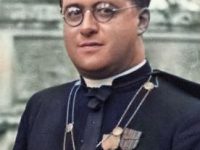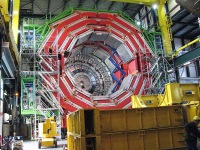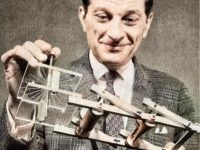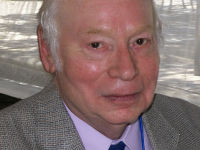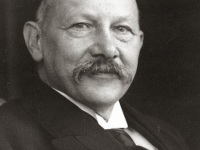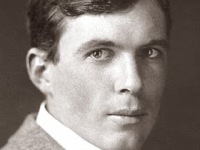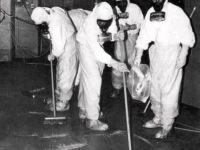Carl Friedrich von Weizsäcker – The Responsibility of Science in the Atomic Age
On June 28, 1912, German physicist at philosopher Carl Friedrich von Weizsäcker was born. Being a member of the team of physicists, who under Werner Heisenberg‘s lead performed nuclear research in Germany during World War 2, Weizsäcker later made important theoretical discoveries regarding energy production in stars from nuclear fusion processes. He also did influential theoretical work on planetary formation in the early Solar System. “It’s useful when we learn to wonder…
Read more


